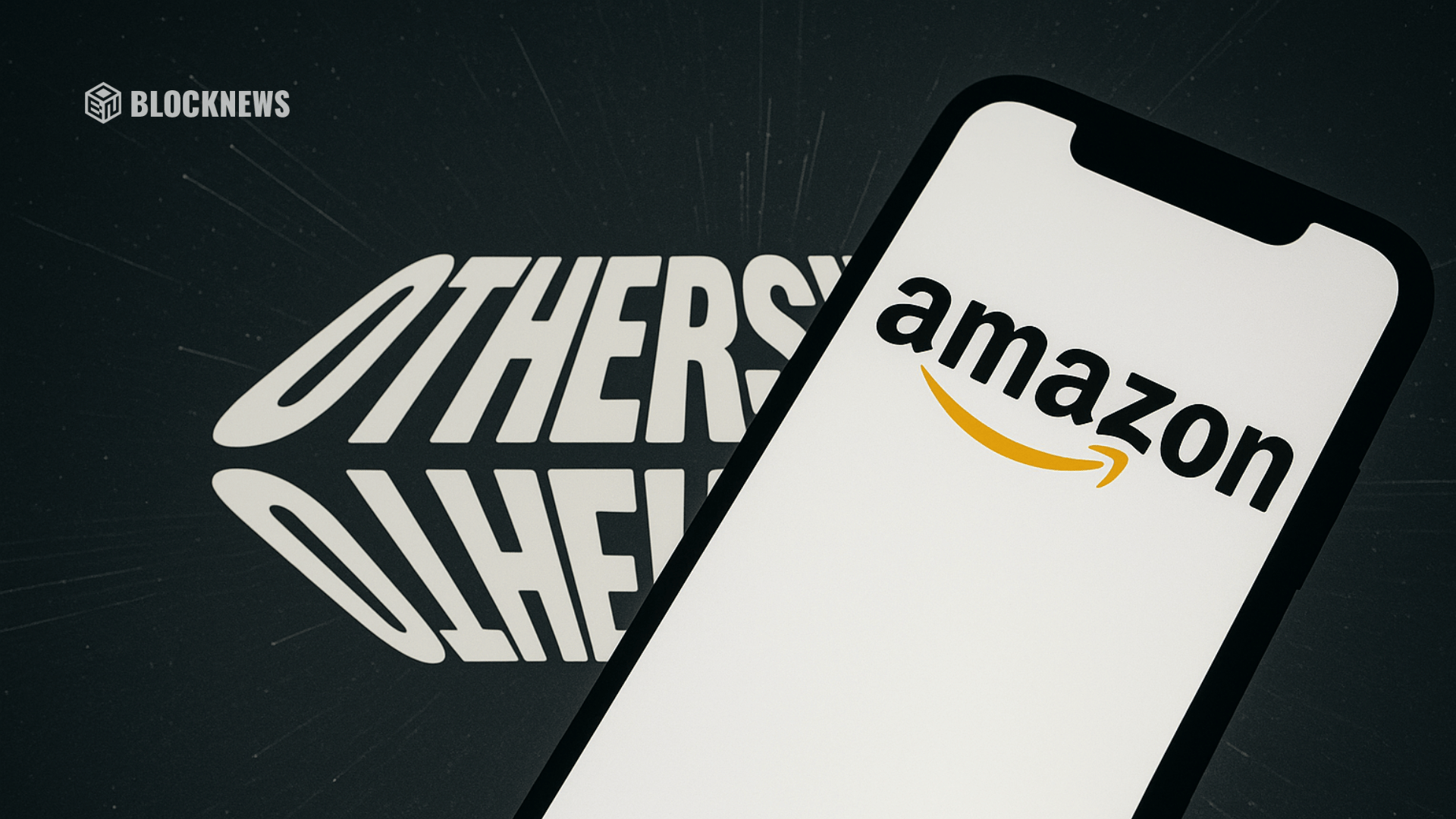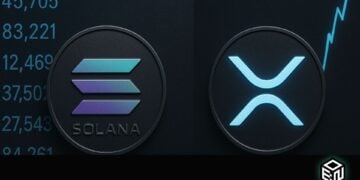- Amazon’s partnership with Otherside marks its first direct NFT sale, letting users buy digital avatars using normal checkout methods—no crypto knowledge needed.
- The purchase–redeem process bridges traditional e-commerce and blockchain, offering a blueprint for mainstream NFT adoption.
- As Amazon winds down its MMO ventures, it’s pivoting toward digital collectibles and brand partnerships via Otherside’s ecosystem.
- This model could normalize NFT ownership for millions, enabling big brands to launch usable, tradable digital assets through Amazon’s platform.
Amazon didn’t just “do an avatar drop.” It put a Yuga Labs asset on its own storefront, priced it like a normal digital good, and let buyers pay with the same card they use for socks. The Boximus avatar sold out in under a day at 65.99 dollars, which is important for one simple reason: it proves the conversion funnel works at retail scale without crypto onboarding first. You buy on Amazon, you receive a redemption code, you take it to Otherside, and it becomes an NFT you can actually use. That is the full loop, end to end, and it just happened in public.

Why this matters more than a single drop
This is a template that other brands can copy. Amazon already curates digital codes for software and games, and the Boximus flow piggybacks on patterns shoppers understand. No wallet pop ups. No seed phrases. Pay, receive a code, redeem, then the chain takes over. That separation of “commerce first, on chain after” is the change that gets legal and marketing teams to green-light pilots. It is the cleanest way for large catalogs to ship digital items with actual ownership and a resale path.
Timing: Amazon shifts out of MMOs, steps into collectibles
Context matters. Amazon is shrinking its first-party MMO footprint. New World won’t see new content and is effectively in maintenance mode through 2026, and the company has made painful cuts across its games org. At the same moment, it opens the door to user-owned assets through a simple retail flow. That is not an accident. It signals a pivot from building and operating giant MMOs to enabling digital item commerce that can plug into worlds like Otherside.
Otherside is built for low-friction entry
Otherside’s public launch centers on Koda Nexus, a browser-based hub with email logins and NFTs as an optional layer. That design choice is the other half of the puzzle. If Amazon handles the buy button, Otherside handles the day-one “just play” experience, and the two meet when a user is ready to redeem and take ownership. Creator tools and a development kit give brands and communities ways to publish content without reinventing the stack. That is how you seed a market rather than chase a fad.

The retail flywheel for NFTs is finally starting to take shape in a way that feels intuitive. Brands can now sell digital items directly on Amazon—just like boxed games or gift cards—without forcing customers to interact with crypto wallets or exchanges. Once purchased, the buyer redeems the item inside Otherside, where it immediately becomes usable in the virtual world.
Because the asset lives on-chain, it holds intrinsic secondary market value and can travel with the user across experiences, serving as part of their digital identity. The feedback loop completes when sales data and engagement metrics flow back to brand teams and Amazon’s category managers, encouraging more brands to participate. It’s essentially the same mechanism that made in-game skins a mainstream phenomenon, except this time, the items are resellable and portable rather than being locked to a single title.
What this unlocks next
Merch bridges. A brand can ship a physical hoodie and a matching Otherside item out of the same Amazon listing or campaign. Event access. A code inside a product box can unlock a timed experience in Koda Nexus. Artist capsules. Limited runs with guest creators who already have real demand in digital art. None of that requires customers to learn crypto first. It looks like ordinary e-commerce, then resolves to verifiable ownership after the fact.

Why call this the “next wave”
The last NFT cycle proved that collectible ownership has legs but onboarding and utility were messy. We saw soft attempts at credit-card NFT sales from Reddit, Nike, and Starbucks. Useful experiments, yes, but they lived in walled programs with uneven follow-through. Amazon plus Otherside changes the distribution and the day-one use case at the same time. If the first sale works at Amazon’s scale and the item does something the same day inside a live world, that is a consumer product, not a niche drop.
The investment case in one paragraph
Distribution beats messaging. Amazon provides the shelf space and the rails. Otherside provides the venue where digital items are immediately useful and tradable. The Boximus sellout is the proof point, the Koda Nexus launch is the retention loop, and the creator toolkit is the content engine that keeps shelves fresh. If you are looking for a spark for the next NFT uptrend, it starts when buying feels like Amazon and using feels like a game you can enter in seconds.
Realistic risks and open questions
Regional rollout and compliance will matter. Code distribution sounds simple until you juggle geofencing, age gates, refunds, and fraud controls across multiple countries. Resale UX needs to be as easy as the purchase if you want mainstream collectors to stick around. And yes, content is king. Users will tolerate redemption friction once, but they will not come back unless the world is fun and the items feel meaningful. Amazon can deliver buyers. Otherside has to deliver reasons to stay.
Bottom line
Otherside did the hard product work to make NFTs optional until they are useful. Amazon just made the purchase feel normal. Put those two together and you have a credible blueprint for Fortune 500 brand drops, limited artist series, and everyday digital gear that people actually use. If this looks a little like the App Store moment for NFT items, that is because it is. The difference is you can sell the item on Tuesday after you used it on Monday.














